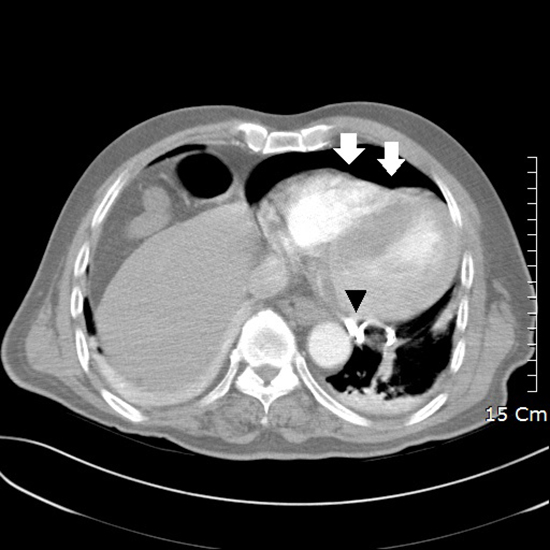Abstract
Graphical Abstract

Journal List > J Korean Med Sci > v.31(3) > 1023234

Jinhyuck Lee 
https://orcid.org/http://orcid.org/0000-0002-5217-1632
Bo Seung Kang 
https://orcid.org/http://orcid.org/0000-0002-0792-0198
Changsun Kim 
https://orcid.org/http://orcid.org/0000-0001-8475-3453
Hyuk Joong Choi 
https://orcid.org/http://orcid.org/0000-0002-5458-5919